Car of the Week: 1956 Ford Thunderbird convertible
When the owner bought this white ’56 T-Bird it wasn’t all fun and games. He drove head first into a Midwestern snowstorm, but after 42+ years the hassle was well worth it.
It’s a good thing Jim Thibodeau doesn’t believe in bad omens. His initial experience with his fabulous 1956 Ford Thunderbird didn’t go too well. By the time Thibodeaux got the car home to Neenah, Wis., back in 1980, he figured there was nowhere to go but up.
“I was looking for an early Thunderbird — a ’55, '56 or ’57 — and I had an uncle living in South Carolina and he said, ‘I see a few every once in a while,’ recalled Thibodeau. “And he found one and he gave me a call and the lady said they’d sell it. It was sitting in a shed and I sent a check and bought it. I flew down and drove it back in March. I ran into a snowstorm in Chicago. The wiper blade flew off the car, the arm was scratching the windshield. I’m just cringing. It was leaking every fluid imaginable, it had sat so long: break fluid, transmission fluid, motor oil, antifreeze, everything. Every gas station I was filling everything up. But I finally made it home.”
More than 42 years later, the Colonial White baby ‘Bird is still the apple of Thibodeau’s eye. He’s had some other cars come and go over the years, but the classic ’56 has stayed in his garage. And it hasn’t seen a snowstorm since it arrived.
It’s doubtful Thibodeau will ever bring himself to part with the ’56. Not since he found out that he and the car were born on the same day.
“Nov. 4, 1955!” he says. “It was an early production ’56. It was built on my birthday. I don’t think anybody else in the country has got one that was built on their birthday!"
“Got the original sales invoice from Ford … It was sold originally in Fred Jones Ford Co. in Tulsa, Okla., and it worked its way up to Indiana and then South Carolina somehow. I couldn’t track all of the owners. It may have had 10 owners, you just don’t know. When I bought it it was silver, with a black interior and red carpet, and the data tag said it should be Colonial White, Peacock Blue interior. So I had it painted in 1981-82, right around in there, and I’ve been driving it ever since. I wanted to make it original. I like original. If it would be been an original silver car, I would have painted it silver.”
Back in 1992, Thibodeau actually had a chance to take the car back to its roots — Jones Ford in Tulsa. He joined a bunch of friends on a road trip to a Thunderbird meet there.
“We found an old salesman there, and he said, ‘Yeah, I might have sold it!’ It was cool to at least trace the history back that far. That was quite a road trip. It was summertime and it was really hot. It was a brutal drive! … It was fun once, but I wouldn’t do it again [laughs].”
YEAR 2: AN EVEN BETTER ‘BIRD
The standard continental tire kit on the tail was the most obvious new feature on the second-year Thunderbird. It was an option the year before, when the new T-Bird made one of the most anticipated debuts in the Ford product line in many years. A total of 16,155 cars were built for 1955, and that number actually dipped slightly, to 15,631, for 1956.
Cars built before Nov. 14, 1955 had their continental spare tires raised for added ground clearance. Later, Ford dealers had to recall these cars to change the height of the continental kits by 1 3/8 inches. The 1956 frame had to be modified for this feature, since the original 1955 frame couldn’t tolerate the “cantilever” effect of the heavy continental kit at the extreme rear of the vehicle.
Other changes included the gas filler door losing the checkered flag emblem used to dress it up in 1955. Slight modifications were also made to the Thunderbird’s tail lights. Though still large and circular, the rear red lenses had a wider center protrusion with more elaborate chrome trim. The arch-shaped area above the round red lens was also restyled. A small, circular reflector was added to the chrome molding right at the top of the arch. Back-up lamps could again be ordered in place of the metal filler plate. Offered again was the same fiberglass hardtop used in 1955. A new version with “port” windows in its side panels was also available for 1956.
The hardtop in matching body color (with or without port windows) was optional at no extra cost. Having the top finished in a contrasting color did cost extra, though. Some Ford dealers added the porthole windows to the standard-style hardtop when buyers found their Thunderbirds claustrophobic or complained about blind spots. The hardtop version carried a base price of $3,158, while the convertible was priced at $3,233.
The 1956 Thunderbird’s interior door panels had new “stitching” embossments molded into the seams in the vinyl. The patterning on the seats, supplied by McInerney Spring & Wire Company, was also changed. In 1955, the vertically ribbed insert sections of the seats were separate from each other. The 1956 design brought the ribs across the center of the backrest. They ran nearly the full width of the seat back and gave the visual impression that the seat had been widened.
Standard equipment included the 292-cid Y-block V-8 engine rated at 202 hp; 12-volt electrical system; dual exhausts; three-speed manual transmission; dual horns; half-circle steering wheel horn ring; and glass-fiber hardtop. The option list included a four-way power seat; power brakes; power steering; power windows; overdrive; wide sidewall tires; radio; heater; wire wheel covers; and fender skirts. Three optional engines were also available: 215- and 225-hp versions of the 312-cid Thunderbird Special V-8, and a 260-hp version with dual quads.
66 YEARS YOUNG
Thibodeau knew he wanted to get his ’56 looking and running like new again as soon as he got it home, and luckily for him an accomplished Thunderbird restorer, Jewel Meetz, lived nearby. Meetz took care of the paint and bodywork, and Thibodeau handled a good share of the remaining work himself.
“I just wanted a nice paint job. I was going to do the interior myself. I didn’t do a frame-off restoration because I wanted to drive the car. So I detailed out the engine compartment, put a new interior in myself, put a new convertible top, and that’s about it. I haven’t done much else since. I put new tires on it and it’s been a fun car!... I went to a lot of junkyards over the years before you could buy everything online. Yeah, lots of fun.”
"The white Thunderbird carries the 312 V-8 with an automatic transmission. It’s got power steering, power windows and power seats. It’s got the Town & Country radio and the original dash, and that all works,” he says.“Under the hood it’s got the dress-up kit, with aluminum valve covers, chrome air cleaner cover and the chrome oil filler cap. It’s got just about everything but power brakes.”
Thibodeaux said one the biggest decisions he faced with the car was what to do about the top. It arrived with a non-porthole hardtop, but not a folding soft top. Through an unusual swap, the ‘Bird now has a folding top and the hardtop has gone down the road.
“It had the non-porthole hardtop when I bought it and I had to do some research to find the convertible top bones, and I wound up paying $1,000 for just the frame,” he says. “Then I had to restore the frame, put weather stripping and the canvas on it. So then the hardtop just sat in my basement, and I really wanted a hot tub, and I knew a guy that sold hot tubs, and I said, ‘You want to trade a hot tub from this hardtop I never use?’ So he got the hardtop and I got the hot tub. … If it had been a porthole hardtop, I would have kept it.”
The ’56 looks and performs so well these days, Thibodeau says there isn’t much left for him to do the car, other than wash and wax it. He had electronic points and a new cooling fan blade installed to help with everyday driving a few years back.
“And I put the steel-belted radials on it, which is a big improvement,” he adds.
He admits that his biggest goal with the ’56 these days is just getting it on the road more often.
“I don’t drive it enough … Probably five or six times a year. Everybody likes seeing it, it’s so unique,” he says. “Except a lot of young people, they see it and the first thing they say is ‘Is that a Corvette?’ They are just not in touch with old cars."
“But it runs great now. It’s running better now than it ever has in the 40 years I’ve had it, which is amazing.”
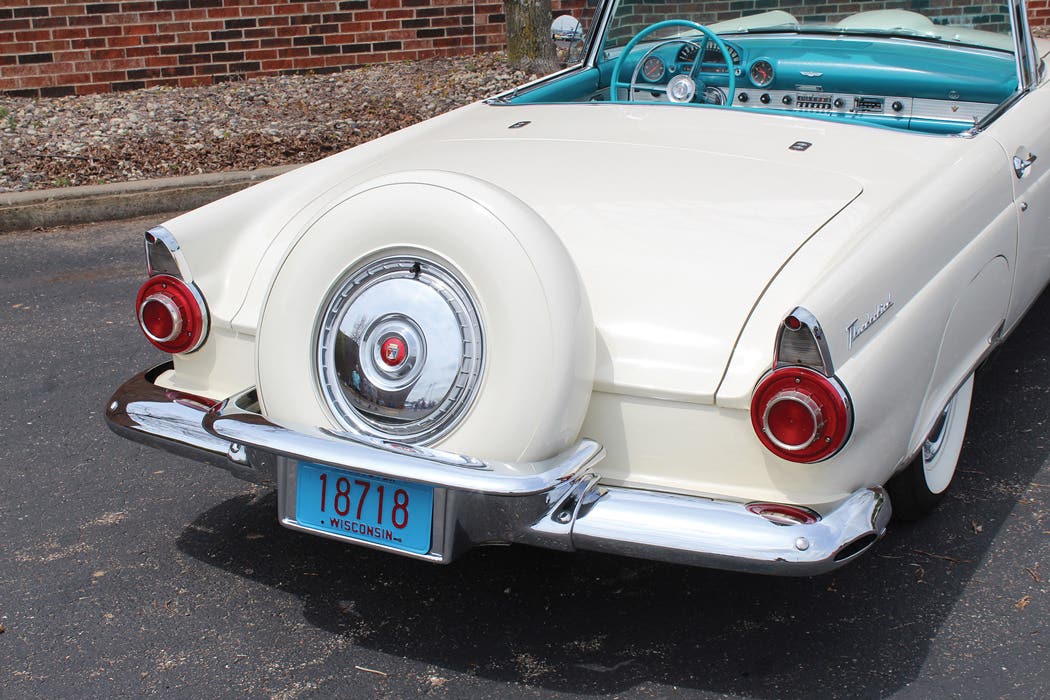
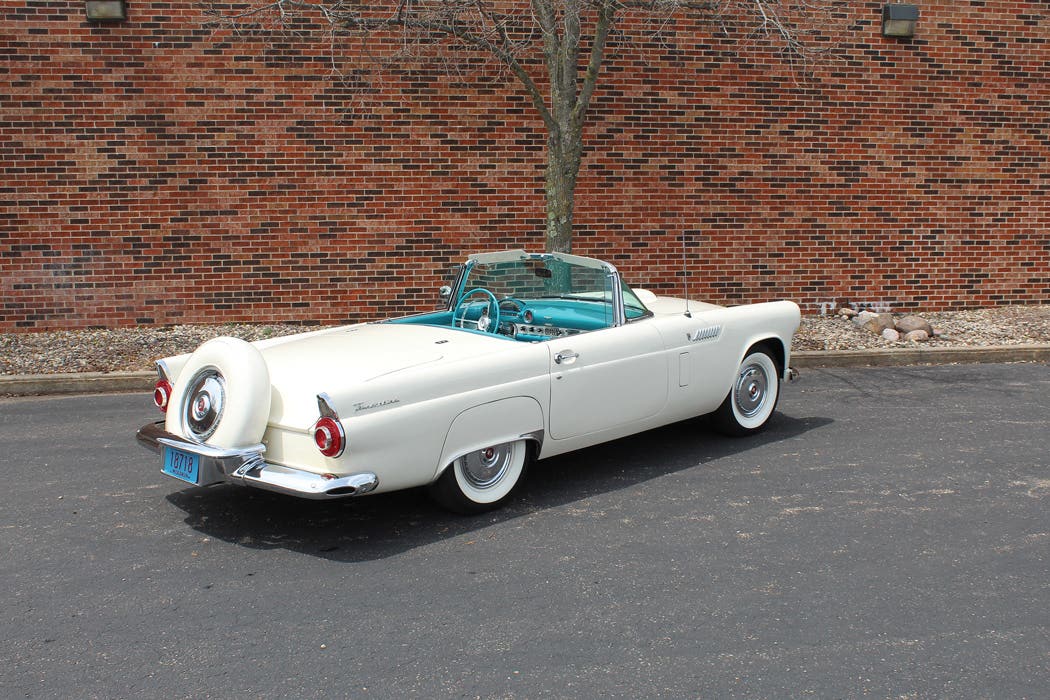
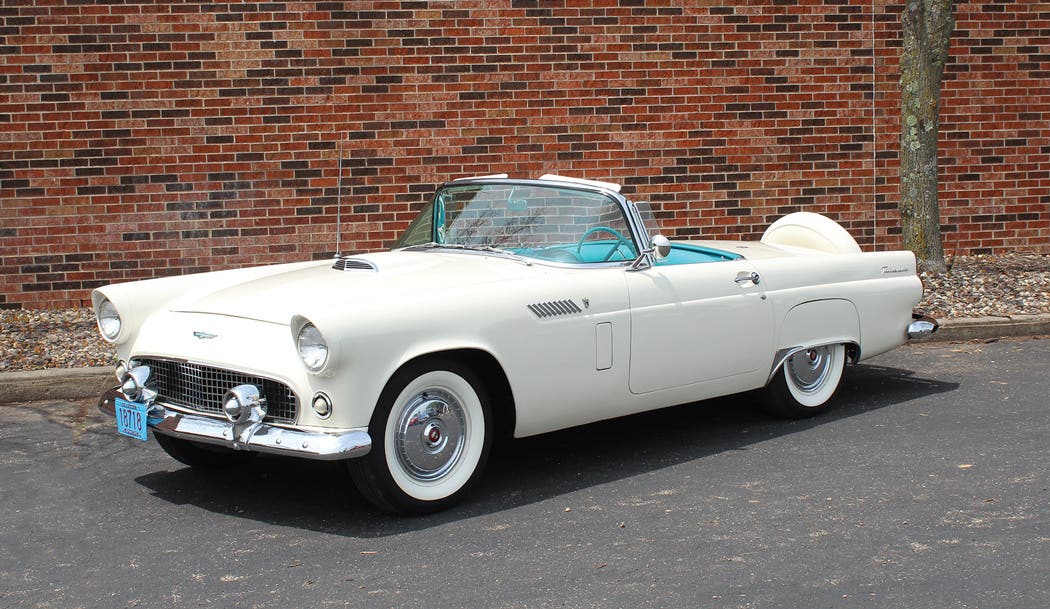
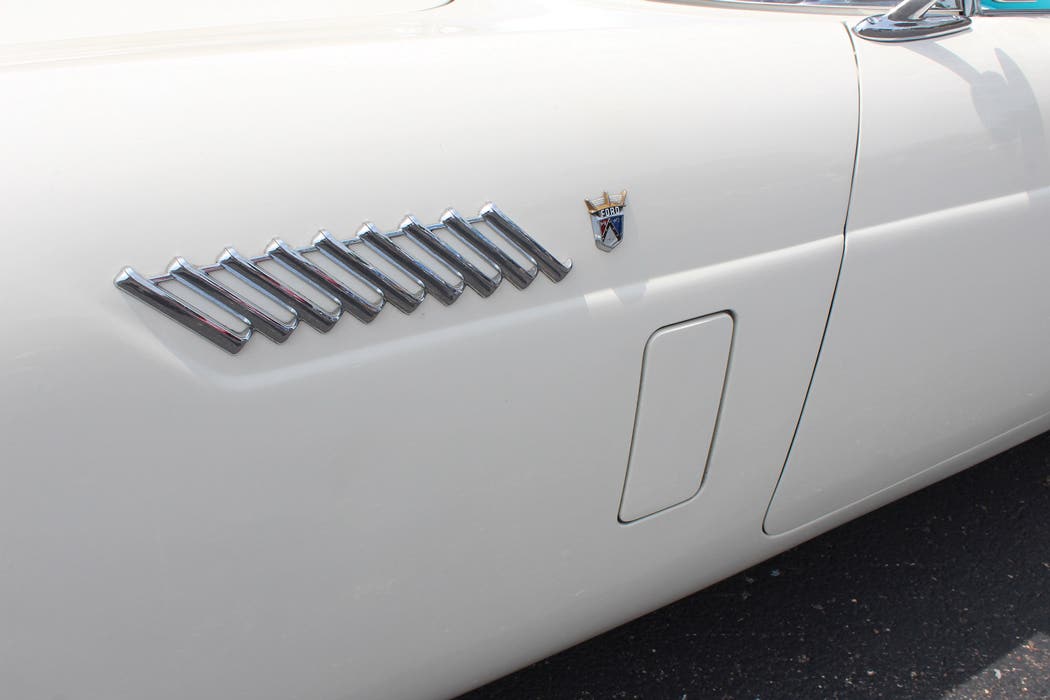
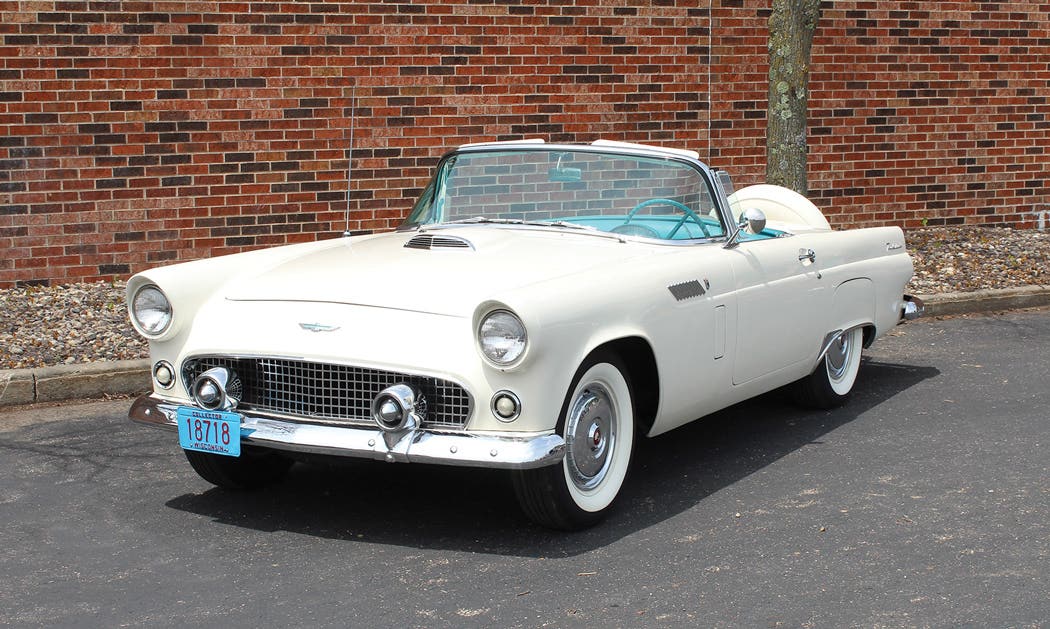
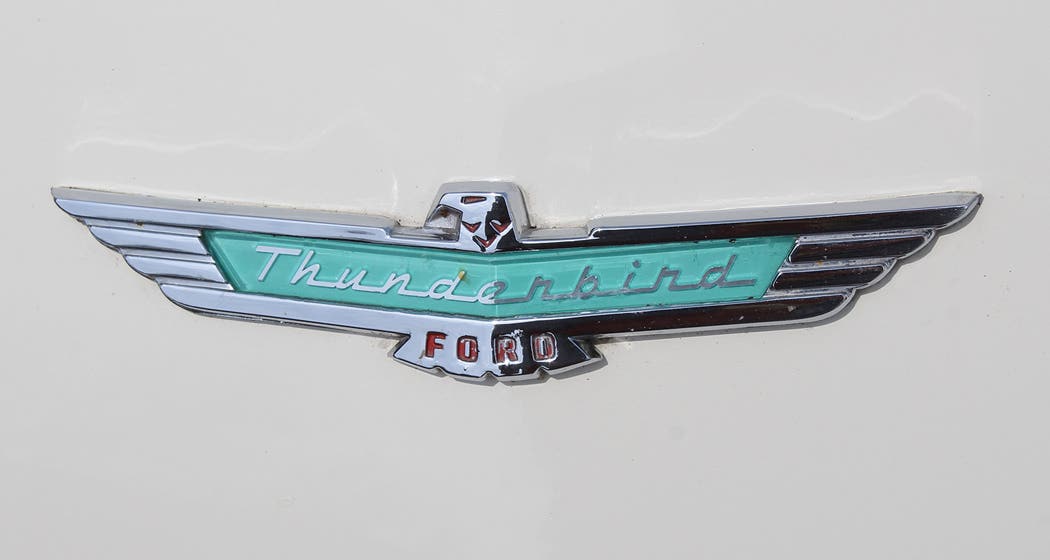
SHOW US YOUR WHEELS!
If you’ve got an old car you love, we want to hear about it. Email us at oldcars@aimmedia.com
If you like stories like these and other classic car features, check out Old Cars magazine. CLICK HERE to subscribe.
Want a taste of Old Cars magazine first? Sign up for our weekly e-newsletter and get a FREE complimentary digital issue download of our print magazine.
*As an Amazon Associate, Old cars earns from qualifying purchases.





